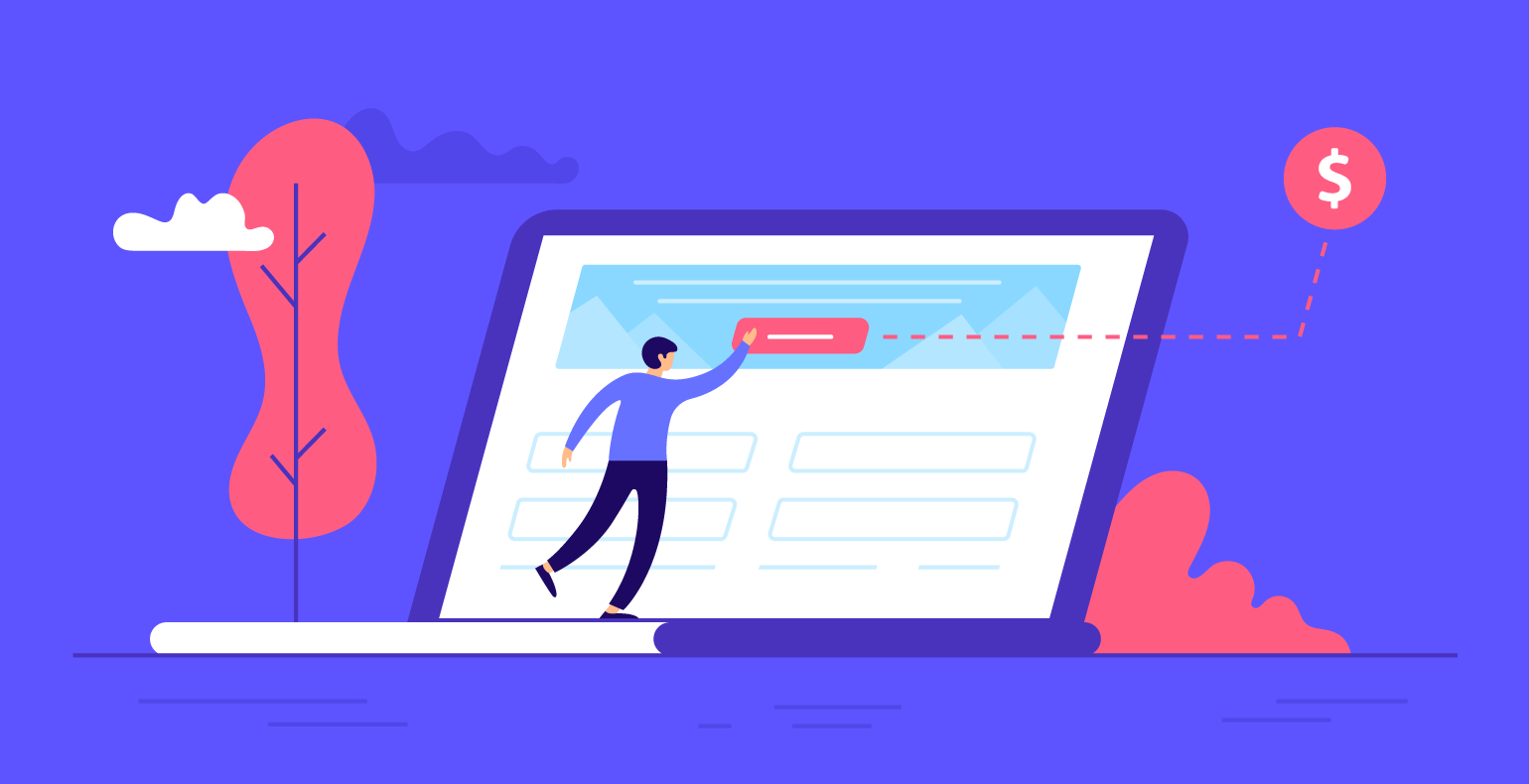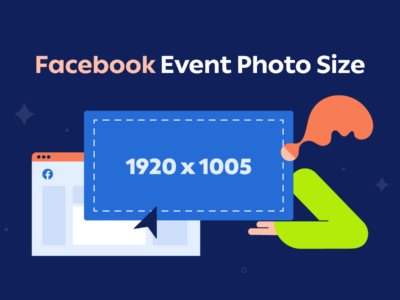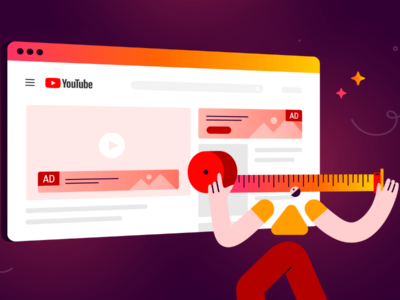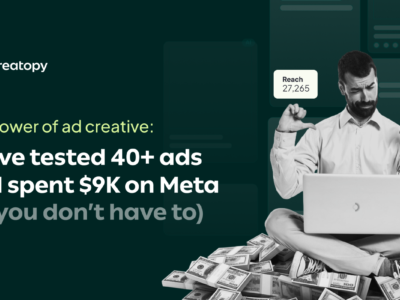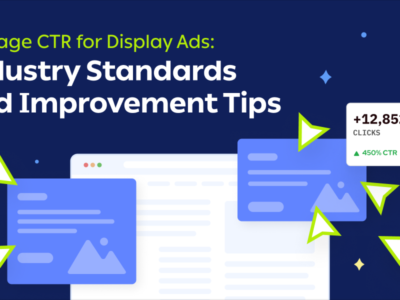CPM, CPC, and CPA are the three main ways that digital media companies charge advertisers for online advertising.
CPM, CPC and CPA – everything you have to know about these 3 important methods and what do you have to know about the online advertising price.
Advertising is still a thing in today’s digital marketing context and the success of the advertising channels such as Facebook ads and Google Adwords give proof to this. Publishers and advertisers alike take profit from banner and text ads and in a way, they work together in making this industry as profitable as possible by contributing on a daily basis to a lucrative environment which makes it all possible.
In order to understand and make the most out of an advertising campaign, there are, however, several concepts that need to be clarified and comprehended by both, the publisher and the advertiser. We hear and read about terms like CPC, PPC, CPA, and CPM, biding, programmatic ads etc. but we rarely take a moment to really ask ourselves the true meaning behind these concepts.
This is why, with this article, my aim is to shed light on the most abstract and yet important concepts of the digital advertising phenomenon.
Summary
- What’s CPC and CPA? What does CPM stand for?
- What is the Cost Per Acquisition (CPA) and how is it calculated?
- CPC vs CPA vs CPM for advertisers
- CPC vs CPA vs CPM for publishers
- ROI (Return of Investment)
- Click Fraud
What’s CPC and CPA? What does CPM stand for
Before actually talking about online advertising, it is only necessary to understand the terms we’re dealing with.
CPC: According to Google, the “cost-per-click (actual CPC) is the final amount you’re charged for a click”. They also say that sometimes you get to pay even less, the CPC being the maximum bid you make and not the final price to be paid. “You’re often charged less — sometimes much less — than your maximum cost-per-click (max. CPC) bid, which is the most you’ll typically be charged for a click”.
CPA: Cost per action or cost per acquisition is according to Wordstream “a metric that measures how much your business pays in order to attain a conversion”. What’s important to know here is that in general, this cost will sometimes be higher than the aforementioned CPC because not everyone who follows a link on your ad will eventually make a purchase. Some people click on an ad, just out of curiosity and they do not follow up on the offer.
CPM: “With viewable CPM, you bid on 1,000 viewable impressions and you pay for impressions that are measured as viewable”, Google said. This means that unlike the previous types of payments you make for advertising, this one is actually worth the exact number of impressions a banner or a text ad has on a specific page. It’s hard to calculate the CPC and the CPA with a CPM acquisition but if all you need is to get out there, be visible and acquire awareness, this may be a good choice regardless of the fact that you cannot calculate your conversions.
What is the Cost Per Acquisition (CPA) and how is it calculated?
Definition: While we’ve already talked about this concept and its definition, I am going to restate some important things that need to be either clarified or understood by the advertiser, the publisher, and the viewer as well:
CPA, or cost per acquisition, is the most important figure you get to calculate when conducting or paying for advertising online. Why is that?
Well, regardless of the type of advertising you are paying for, the CPA represents the actual conversion amount you get to pay.
Formula: For instance, if you pay 100 dollars for 100 views on a website and 10 people decide to follow up on your offer, your CPA will be 10 dollars. In other words, you pay 10 dollars for each new customer you get.
How do you calculate this number? What is the cost per acquisition?
Well, here’s the actual formula as proposed by RedReefDigital:
CPA = (Marketing Costs + Sales Costs) / $ of New Customers
However, we can come up with yet another formula, based on your actual spending on online advertising:
CPA = Cost per click*Clicks/Actual leads or CPA = Cost Per Mille/Actual leads
What is the average cost of a cost per click and consequently, the cost per action in digital advertising?
According to Wordstream, the average cost of advertisement on Google Adwords is $2.32 on the search platform and $0.58 on the Display Network.
The same source places the average cost per action (CPA) on Google’s advertising network at $59.18
On Facebook, on the other hand, the CPA is quite a bit smaller. On average, it is $18.68 with just $1.72 cost per click. At the same time, Bing search advertising costs at least $50 per click.
Here’s a short list of CPC, click-through rates and conversion rates on Facebook, by industry:

What about the cost per mille? How much do you have to pay for one thousand impressions?
The best answer to this question comes from Adstage. After analyzing several hundred million ad impressions, they have calculated the average cost per mille at $2.80. These numbers are available on the Google Advertising Network.
CPC vs CPA vs CPM for advertisers
As an advertiser, there are several options you get when you decide to invest in digital ads. All these options, however, can be easily placed into two main categories:
- Search Ads
- Display Ads
Before actually discussing the costs of advertising, we need to at least define these two categories. As an advertiser, you will also need to choose the one that best fits your needs and ultimate goals.
Search ads are usually associated with search engines such as Google and Bing. They are triggered by proactive searches conducted by the public. They are inputting specific keywords related to their interests, keywords you, as an advertiser, base your ads upon.
Display ads are graphical online ads associated with online publishers and designed to attract the attention of website visitors. They are being displayed on web pages and they are most of the times visual in nature. They can be tied up to specific keywords but at the same time, they’re more likely to be bought based on demographics, geographic location, the popularity of the website, the industry etc.
What should you choose as an advertiser? And, what type of conversion may be fit for your business?
While the ultimate decision depends on your main goal, you need to at least consider the main differences, the advantages and the disadvantages of each option.
Pay per click and Pay per view (PPC and PPV) are usually associated with CPC and CPM.
We’ll start by talking about these types of ads from the advertisers’ point of view:
| Type | Advantages | Disadvantages |
| CPC/PPC | It’s cost-effective. You pay only for the user’s action when they actually click on your banner/link.It’s easily targetable based on location, demographics, interests, the domain of activity, industry and other useful variables.It’s easily measurable. You can determine exactly how much your cost per click is and out of the clicks received, how many conversions you get.Faster than other types of marketing. For instance, if you are creating content for position zero, it could take weeks, even months to see your efforts paying off. | It’s time-consuming. You cannot just come up with a set of keywords and a budget. You need to conduct thorough research on your target audience and continuously work on optimizing your results.Can become quite costly since not all the received clicks will convert into paying customers. In some cases, you may discover that the actual CPA is quite high. |
| CPM/PPV | Pay per view is flexible and easy to set up. You don’t need to worry about keywords, demographics and other variables.It usually costs less than PPC and it is valued at thousand impressions.You get more exposure and freedom. | May prove to be a bad choice in terms of conversion, if you are looking for a specific action.Exposure may be useless if you want to sell something.Fewer platforms available. |
CPC vs CPA vs CPM for publishers
Publishers have also a lot to gain from advertising and I am referring here especially to banner advertising. Depending on the popularity of the website or the industry niche it promotes, the publisher may choose between CPC, CPA or CPM in order to financially sustain their editorial processes.
Choosing between these three pricing models may be quite hard, especially if you are just embarking on this strategy. As a publisher, advertising may be your only source of income and this is why it is important to select what’s best for your website before actually signing a contract.
The first question: Going solo or with an agency?
Well, the answer to this question depends mostly on your audience. There are really popular websites that attract advertisers just because they exist, who do not need an agency for ads service. At the same time, you may have a niche website who cannot hope of getting visibility when it comes to advertising, without joining an advertising platform.
The second question: CPC, CPA or CPM?
As a publisher, your viewers are your most important asset. This is why you need to think about them if you aim at maximizing ad revenue.
- What can you give to them?
- Are they really interested in the ads you are publishing?
- Are you going to meet your niche’s demands?
Websites with high traffic can go well with PPM or PPC. Some of them will even sell their ad spots directly, at lower prices, to avoid agency costs. Some can even sell ad spots at fixed rates for fixed period of times, just like the printed magazines do. Everything depends on the traffic, the niche, the popularity of the website and the brand it has constructed around its name.
A popular niche blog or website will more likely give better ROIs for the advertiser and a lower CPA since its audience will be interested in a specific thing only. If the advertisers aim to attract the same niche audience, both, the advertiser and the publisher have to gain. And, in many cases, so will the readers.
ROI (Return of Investment)
Online advertising ROI or the return of investment is one of the most important things the advertisers need to focus on before, during and after each completed campaign. The most important benefits of such a campaign are the users’ response and brand building.
User response is generally measured in clicks, likes, subscriptions to newsletters, to services, the complete action of acquiring a product etc. They are easily quantifiable because they are precise actions.
In brand building, on the other hand, you might need to measure the exposure, the on growing awareness, to on growing popularity of a specific brand.
There are three main metrics that help measure the final ROI. We’ve already mentioned them previously.
- Cost per click
- Cost per thousand impressions (cost per mille)
- Cost per acquisition/cost per action
How to calculate your ROI
Calculating the actual effects of an advertising campaign can be tricky especially if you want to increase sales. For an awareness campaign, the exposure might be more or less the exact thing you need. For a sales pitch, on the other hand, you may need more than exposure.
Thus, in order to calculate the exact returns of investments, you need to track your ads. You can do this regardless of the platform you are advertising on.
For instance, you can add a tracker to Google Adwords via conversion trackers. Here’s a complete guide on how to do it correctly.

You can do the same thing on Facebook advertising from you ad manager, via Facebook Pixel for websites or App Events for apps.

Or, if you are going on your own and sell directly, you can use a URL tracker like Click Meter.
How to improve your ROI
Not every campaign will end up with the same results. Some will prove to have better ROIs than others and this is all up to you. As an advertiser, you are the master behind your conversions. Can you improve ROIs? Is there anything that can be done?
Well, there are a bunch of things you can do except demographical analysis and keyword research. Here’re some pieces of advice to take into consideration:
The average click-through rate for display ads is 0.47%. It means that less than 5 out of 1000 people actually follow through and click on an ad. The conversion rate is even smaller, considering that not all people that click on ads actually make a purchase.
So, how can you improve these numbers?
We’ve already mentioned research. It’s time to also focus on the visual aspects of your campaign. Several things are important here but two of them should be valued more than anything.
I am referring to the CTA and the visual banner itself. I other words, focus on improving your call to action and your design altogether.
For the CTA, the main focus should be on readability and the message itself which should be not too long, not too short, enticing and attractive altogether. Based on your offer and the demographic research performed before actually designing the banner, you should know what the message is about.
When it comes to the visual design, all the above bits of advice apply. Furthermore, the visual look is important and your focus should be not only on what your audience expects to see but also on how they get to see it. In other words, you should focus on designing a professionally looking banner and not just a random image with a copy text.
Here we got you cover with our online design tool – Creatopy.
The quality of the banner may ultimately lower the cost of your campaign and the average CPC and increase the conversion rate and the CTR.
About Click Fraud
Another important issue you need to deal with as an advertiser and sometimes even as a publisher is click fraud.
What is click fraud?
Well, in simple terms, click fraud refers to a black-hat technique to falsely inflate the number of clicks on a banner or a link ad. These fraudulent clicks may be placed by competitors who want to interfere with the campaign or by publishers who want to generate more revenue. In either case, it’s bad for business.
What can you do?
- Work with a reputable network such as Google or Facebook
- Set up IP exclusions. Check your incoming clicks and notice any sign of fraud. Block the IP addresses that seem to deliver fake clicks.
- Stop working with publishers who are not reliable or who have already proven guilty of click fraud.
- Adjust ad targeting. Make sure only people who really need to see your ads are actually seeing them. Also, try to avoid regions and geolocations that are not relevant to your campaign.
- Try to prevent bots. Bot click fraud can also be a serious issue and may be harder to counterattack. There are several tools you can use to avoid such problems and advertising channels and services are constantly improving theirs, in order to be able to deliver the best services. You can try, however, ClickCease especially if you are campaigning by yourself.
Another term that is usually associated with click fraud Is “Invalid traffic”. It may refer to fraudulent clicks on ads but also on invalid/fraudulent impressions on your PPT banners.
Conclusion
Advertising may be your solution of choice for a boost in sales, an awareness growth, a new branding, rebranding or other important marketing decisions. However, it comes with a price. Advertising is costly not only in financial terms but also time consuming. You need to keep track with everything that happens in your industry and the advertising industry as well, to learn as you go, to implement new strategies based on your results and so on.
It’s important however to also start on the right foot and in order to do it, you need to master the main concepts of the digital advertising phenomenon. It is important to know how you can calculate results, how much you pay and what are you paying for, how to avoid fraud etc. This article provided you with some of these basic concepts and hopefully, it will help you get better at what you are doing and improve your overall ROIs.
How much did you usually invest in one campaign and what is your return of investment?

